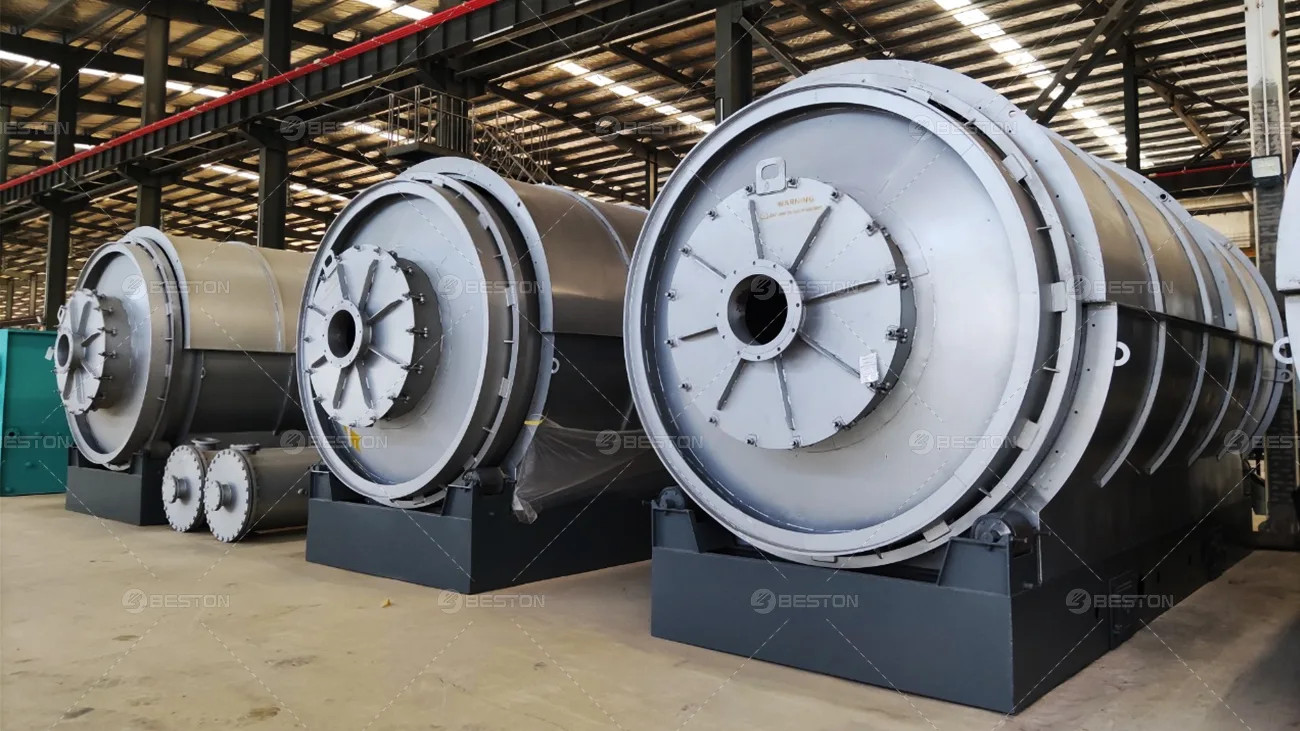Importance of Environmental Impact Assessment Permit for Plastic Pyrolysis Project
The expansion of plastic pyrolysis technology represents a pivotal response to escalating polymer waste and fossil fuel dependency. However, the deployment of a pyrolysis plant must align with rigorous environmental stewardship protocols. Chief among these is the Environmental Impact Assessment (EIA) permit—a mandatory precondition in most jurisdictions before site preparation or equipment installation can proceed.
Legal Mandate and Compliance Architecture
The EIA process is legally enforced under national environmental legislation and international sustainability conventions. It functions as a predictive analytical tool, identifying, quantifying, and proposing mitigation strategies for any negative ecological or social outcomes linked to project execution.
For a plastic to fuel machine, this includes evaluating gaseous emissions, effluent discharge, soil contamination risk, and potential impacts on human health and biodiversity. Without this permit, project approval is typically withheld, and non-compliance can result in costly litigation, operational suspension, or permanent shutdown orders.
Emission Profiling and Control Metrics
Plastic pyrolysis involves thermal degradation of hydrocarbon-rich feedstock in an oxygen-limited environment. This process inherently produces volatile organic compounds, acid gases, and particulate matter. An EIA scrutinizes these outputs against national air quality standards and global benchmarks such as those from the World Health Organization or the European Environment Agency.
Advanced pyrolysis plant designs may include gas scrubbing, activated carbon filtration, and afterburners. These emission control systems are not only technically essential—they are also regulatory enablers. A robust EIA highlights the plant's mitigation infrastructure, supporting the case for approval and community acceptance.

Site Selection and Zoning Relevance
The geographic footprint of a plastic pyrolysis machine is a major factor assessed during the EIA. Proximity to residential zones, aquifers, protected ecosystems, or cultural heritage sites can drastically alter risk profiles. The permit process enforces spatial planning logic—buffer zones, waste handling infrastructure, and access logistics are thoroughly analyzed.
Moreover, transportation corridors for feedstock delivery and product dispatch must be evaluated to prevent cumulative environmental burden from traffic emissions and noise pollution. The EIA ensures the plant's integration into the urban or rural fabric is symbiotic, not intrusive.
Stakeholder Engagement and Public Disclosure
Public consultation is an obligatory component of the EIA permit pathway. Local communities, civil society organizations, and relevant technical agencies are granted access to project data. Their concerns—ranging from odorous emissions to potential health implications—are formally recorded and must be addressed in the final project blueprint.
This procedural transparency builds institutional trust and mitigates reputational risk. For pyrolysis operators, early engagement through the EIA framework often preempts oppositional activism and legal appeals, thereby streamlining the project timeline.
Lifecycle Analysis and Waste Management Protocol
A comprehensive EIA integrates lifecycle thinking, examining upstream material sourcing, operational sustainability, and end-of-life management of residuals. A pyrolysis plant generates char, oil, and non-condensable gas. Each byproduct must have a clear usage, storage, or disposal protocol to meet environmental compliance standards.
If improperly managed, residue accumulation can cause hazardous buildup, leading to secondary pollution or fire risk. The EIA ensures that these downstream considerations are not omitted from the risk architecture.
Enabling Access to Financing and Insurance
Project financing institutions and underwriters increasingly demand evidence of environmental due diligence. An approved EIA permit is often a prerequisite for unlocking green finance mechanisms, ESG-linked bonds, or export credit agency support.
Likewise, industrial insurers require validated impact assessments before underwriting policies against fire, environmental liability, or operational downtime. The EIA thus acts as both a regulatory and financial gatekeeper.